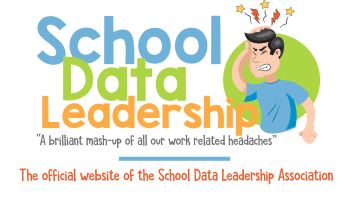Standard 2 - Creating and Maintaining Effective Environments for Student Learning
Teachers promote social development and responsibility within a caring community where each student is treated fairly and respectfully. They create physical or virtual learning environments that promote student learning, reflect diversity, and encourage constructive and productive interactions among students. They establish and maintain learning environments that are physically, intellectually, and emotionally safe. Teachers create a rigorous learning environment with high expectations and appropriate support for all students. Teachers develop, communicate, and maintain high standards for individual and group behavior. They employ classroom routines, procedures, norms, and supports for positive behavior to ensure a climate in which all students can learn. They use instructional time to optimize learning.
2.7 Using instructional time to optimize learning
As teachers develop, they may ask, “How do I…” or “Why do I...”
Organize instruction to optimize learning time
Guidance: Begin lessons with clear objectives and minimize downtime by using routines, timers, and efficient transitions. Prioritize high-leverage learning activities.
Pace instruction to accomplish learning goals
Guidance: Use formative checks to monitor understanding and adjust speed. Allow time for depth, but move efficiently through lesson components to ensure progress toward standards.
Re-direct students’ off-task behavior to make the most of instructional time
Guidance: Use proximity, non-verbal cues, and private redirection. Establish clear behavioral expectations and recognize on-task behavior to reinforce focus.
Adjust instructional time so that all students remain engaged and challenged
Guidance: Use exit tickets and response systems to monitor engagement. Provide extension tasks and scaffolded support to differentiate pacing as needed.
Structure time for both independent and collaborative learning opportunities
Guidance: Build routines that include partner work, small groups, and independent tasks. Use flexible grouping strategies and assign roles for collaboration.
Balance instructional, preparation, administrative, and managerial time
Guidance: Use planning tools and calendars to manage workflow. Prioritize instructional tasks, batch administrative work, and delegate non-instructional duties when appropriate.
